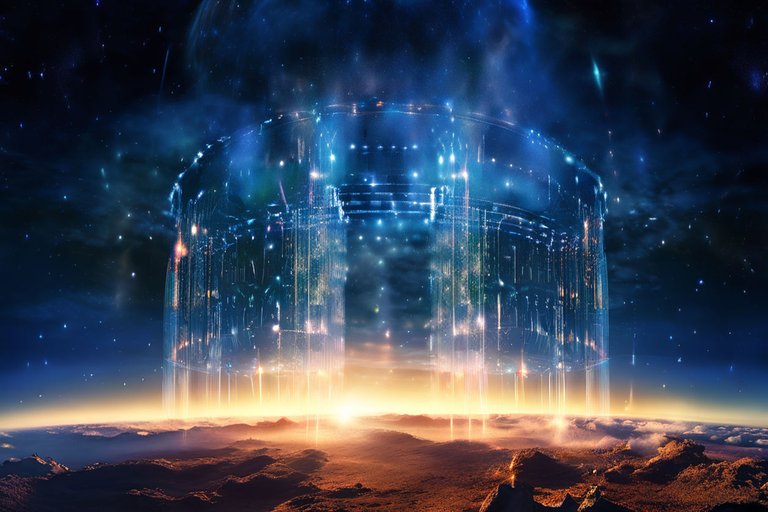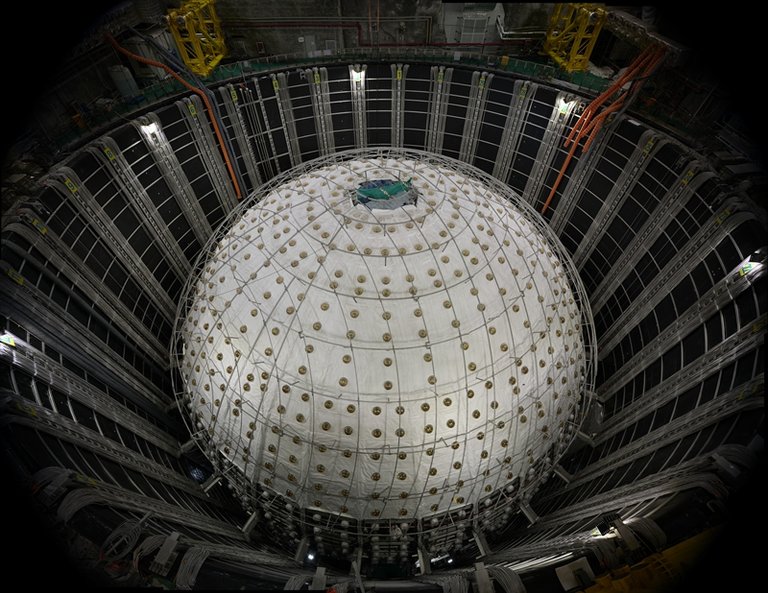The largest neutrino detector in the world.

Deep beneath a hill in southern China, construction of the world's largest transparent spherical detector has been completed. This monumental structure is the heart of the Jiangmen Underground Neutrino Observatory, known as JUNO, one of the most ambitious scientific facilities ever. developed to investigate the so-called ghost particles, neutrinos.

Souce
Why do we call neutrinos Ghost particles, the answer is interesting, these little cosmic travelers practically ignore the common matter around them, they pass through walls, the ground, our own bodies, even the planet Earth as if nothing were there, it is as if existed in a parallel dimension, visible only to highly sophisticated instruments.
JUNO's main goal is to unravel a specific mystery, the mass hierarchy of neutrinos. By determining this hierarchy, scientists hope to take a huge step in understanding the development of the universe by helping to answer fundamental questions about galaxy formation and evolution. of the stars, JUNO will also allow the study of other phenomena such as neutrinos from supernovae in the atmosphere, even from the sun itself.
The images without reference were created with AI
Thank you for visiting my blog. If you like posts about #science, #planet, #politics, #rights #crypto, #traveling and discovering secrets and beauties of the #universe, feel free to Follow me as these are the topics I write about the most. Have a wonderful day and stay on this great platform :) :)
Thanks for your contribution to the STEMsocial community. Feel free to join us on discord to get to know the rest of us!
Please consider delegating to the @stemsocial account (85% of the curation rewards are returned).
You may also include @stemsocial as a beneficiary of the rewards of this post to get a stronger support.